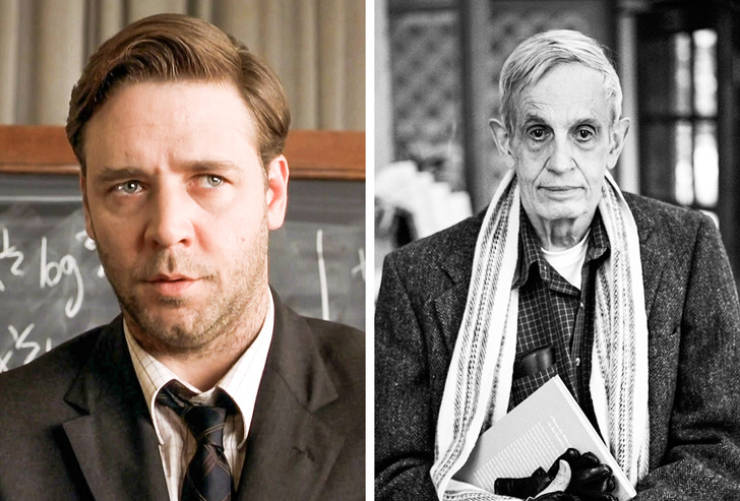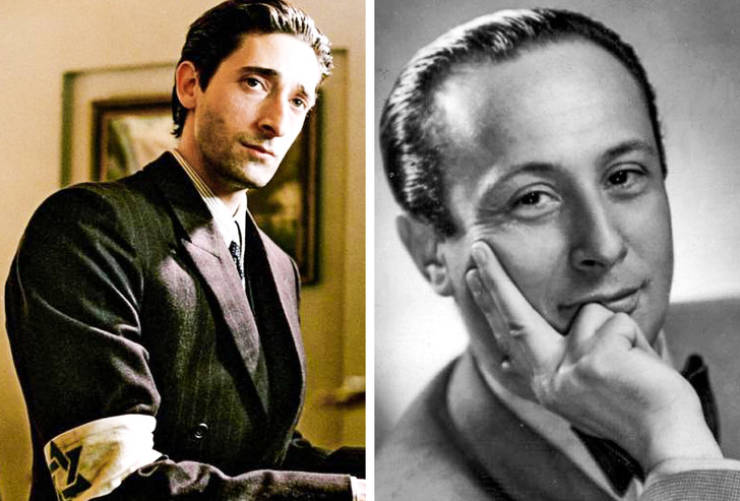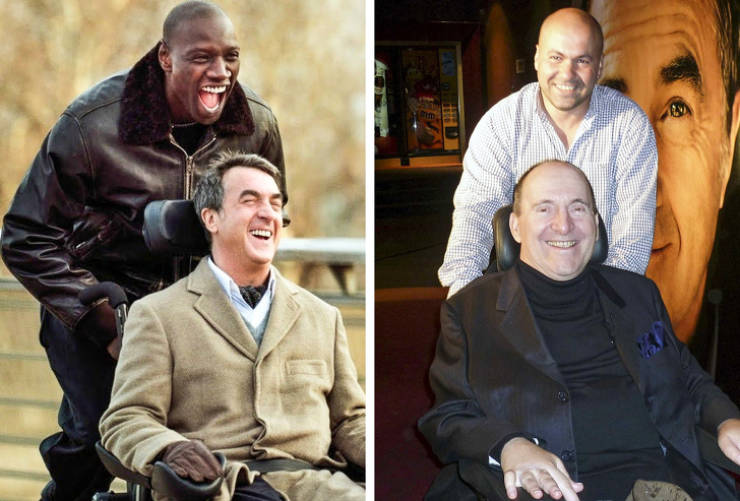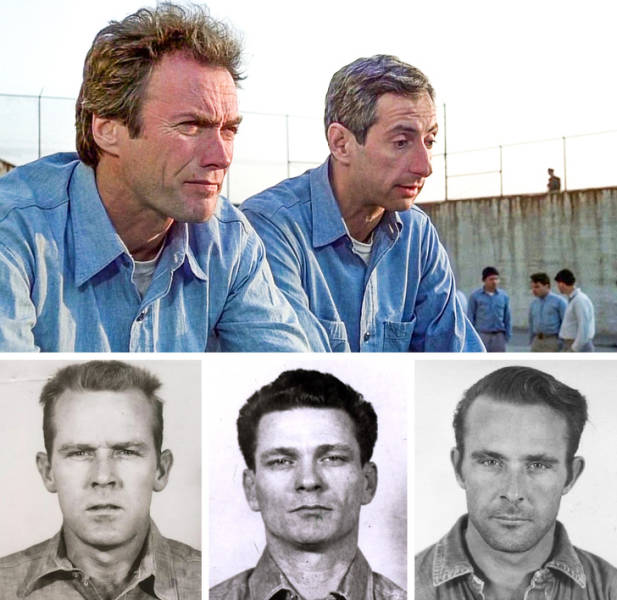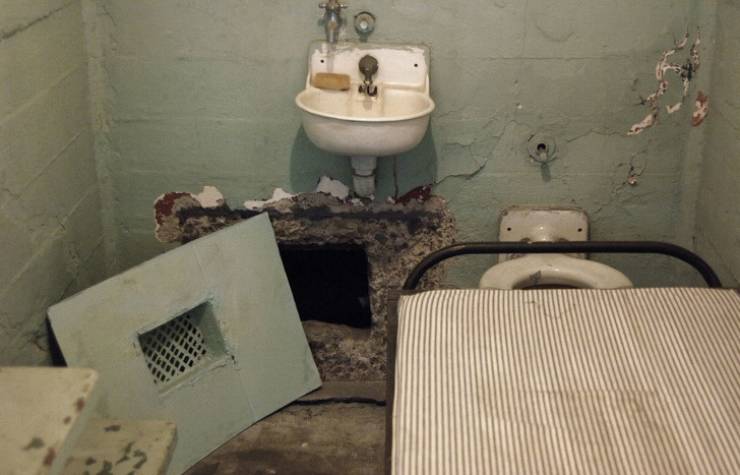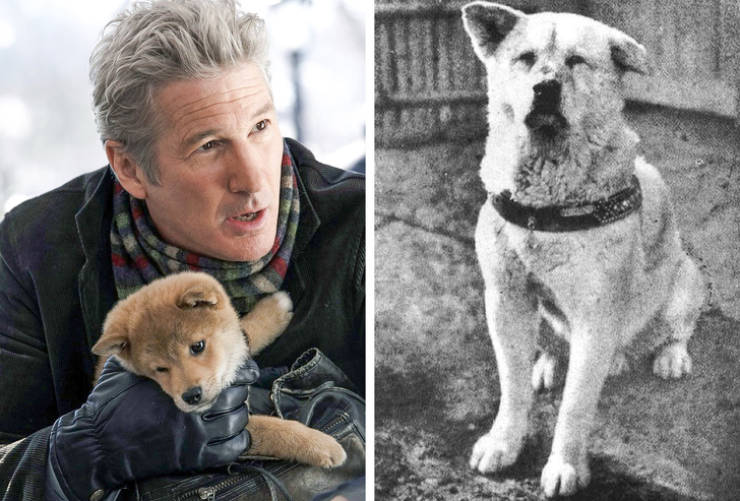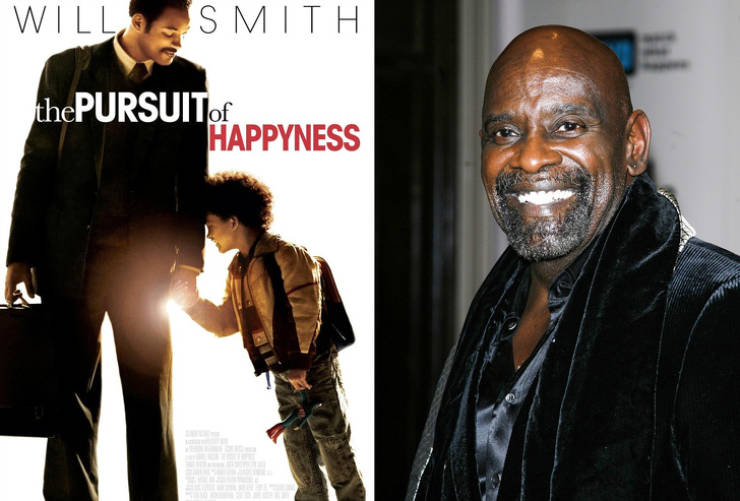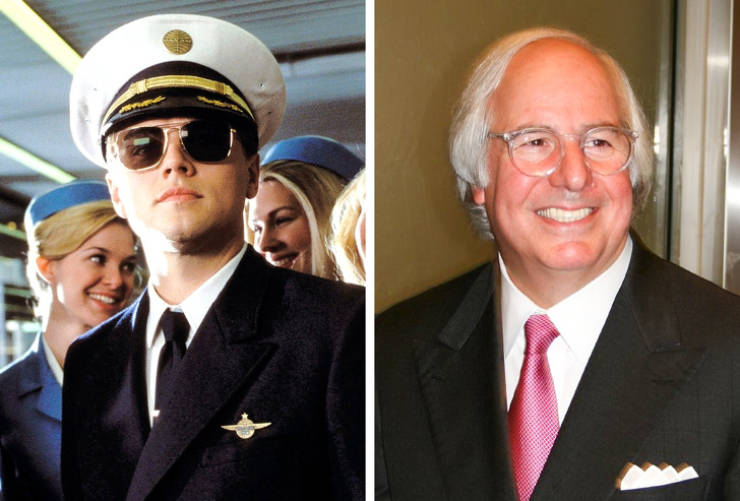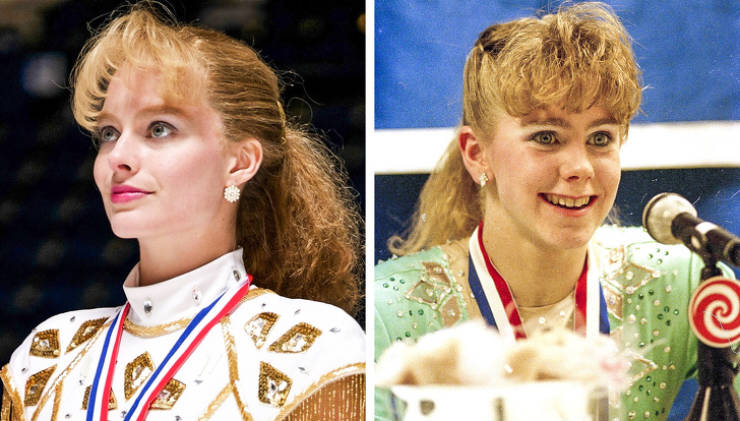A Beautiful Mind (2001), Ron Howard
The film, starring Russell Crowe, depicts the life of Nobel Prize winner, John Forbes Nash. However, it portrayed some parts about his life that weren’t real at all. For example, Nash didn’t give a speech when he received the Nobel Prize in Economics, but in the film he does. He also didn’t work or collaborate with the US Department of Defense either. The film portrays him as an exemplary father figure, when this was far from the truth. He had a son, but the child was born as a result of Nash cheating on his wife and he never took care of him.
The Pianist (2002), Roman Polanski
The man behind the real story of The Pianist, Wladyslaw Szpilman, states in his memoirs that he was born in Warsaw and spent his whole life there. However, the streets that appear on screen were shot in Krakow. In this case, producers had no choice but to change the filming location since Hitler had destroyed the Warsaw ghetto and the entire Polish capital. Polanski had to recreate the Old City of Warsaw and to do so he based his reproduction of the city on the paintings of Italian artist Canaletto, who portrayed the streets of Warsaw in his work.
The Untouchables (2011), Olivier Nakache and Eric Toledano
In the film, the main character, Philippe Pozzo di Borgo is a widower. In reality, he was still married to his wife when he suffered the accident that left him in a wheelchair. She was a wealthy heiress and died 3 years after the incident. They adopted 2 children before she passed, but the children were also erased from the story. The ending of the film doesn’t match reality either. Philippe moved to Morocco where he found love again, a young Moroccan who was a single mother of 2 little girls. Finally, Abdel Yasmin Sellou, the ex-convict hired to take care of the aristocrat, is not originally from Senegal as the film depicts, he’s actually Algerian.
Escape from Alcatraz (1979), Don Siegel
This is one of the movies based on a real-life event that is almost entirely true to the original story. It may be because, in this case, reality exceeds fiction, so there was no need to add anything to the film to engage viewers. The movie is a recount of the story of Frank Morris and brothers Clarence and John Anglin, who managed to escape from Alcatraz. No one ever knew for sure if they survived or not. Years later, however, a letter allegedly written by John Anglin appeared where he confirmed that the 3 of them managed to survive.
The scenes were also filmed in Alcatraz, but there was a small change. The cells of the protagonists were not the ones that the original inmates occupied. The ones shot in the film belong to sector C, while the original cells were located in sector B. If you visit Alcatraz, you’ll be able to see the hole that they escaped through and the paper and plaster heads they used to cover it.
Hachi: A Dog’s Tale (2009), Lasse Hallström
The greatest difference between the real story and the Hollywood production is that the actual story takes place in Tokyo, while the movie is set in the United States. Another variation in the script is the cause of the death of one of the lead characters. Professor Hidesaburo Ueno passed away after a cerebral hemorrhage, but in the film, Professor Parker Wilson dies from a heart attack. Finally, Hachiko, the undisputed protagonist of the story, is found at a train station in the movie, while the real Hachiko was bought at a pet store.
127 Hours (2010), Danny Boyle
Aron Ralston, the man behind this terrible story, has claimed that the film is so accurate that it resembles a documentary. Very few changes were made in the story. One of them appears in the first scenes of the film, where Ralston meets 2 hikers. In reality, he just showed them some climbing techniques, he didn’t lead them to a hidden lagoon, as seen in the movie.
The Pursuit of Happyness (2006), Gabriele Muccino
Chris Gardner’s son was still a baby when the events that inspired the film took place. In the movie, Will’s 5-year-old son replaced the baby boy. Producers did this to add drama to the story because it made it easier for the audience to see the feelings and reflections of the child throughout the film. Another adjustment made by the director was that, in the movie, Chris’s internship at the prestigious brokerage is unpaid when, in reality, he did actually get paid.
Catch Me If You Can (2002), Steven Spielberg
In real life, the main character, Frank Abagnale, ran away from home and never saw his father again. However, Spielberg reunited them in the film. This helped him add drama by showing Frank’s need to please his dad and also his father’s pride after seeing Frank in his pilot uniform. Another difference between the actual story and the movie is the way Frank escapes on the flight back to the U.S. from France. Abagnale disappears from the back of the Boeing 737 and not through the bathroom like in the movie.
I, Tonya (2017), Craig Gillespie
The film tells the story of skater Tonya Harding and her rivalry against Nancy Kerrigan, who was not only part of her team, but also her toughest rival. In January 1994, Tonya’s ex-husband attacked Nancy, and although Tonya denied any involvement in the aggression, she was still convicted for covering up for her husband and bodyguard. She was also banned from skating, which put an end to her promising career. The film favors Tonya’s testimony, but also presents opposite opinions through other characters. This way, the movie gives the viewer the power to choose which side to take.

